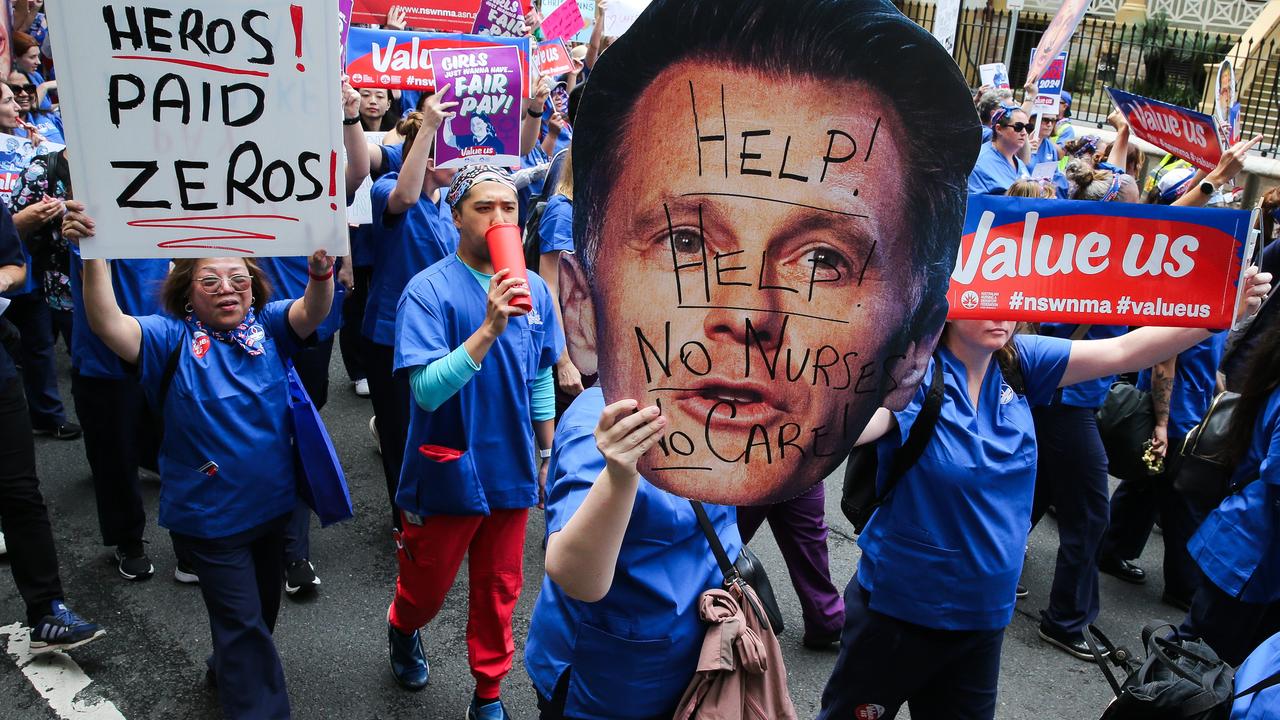Cost of search for Malaysia Airlines flight MH370 keeps rising
THE search for Malaysia Airlines flight MH370 has cost Australia about $1 million a day. Now the question is who will pay another $60 million?
AUSTRALIA has already spent about $43 million on the search for the missing Malaysian Airlines flight MH370, as talks continue over who will pay another $60 million for a more extensive underwater search.
The search for the missing plane has chewed up a huge amount of resources from Australia, as well as other countries including the United States, China and Malaysia.
Australia’s spend alone is almost equal to the $48 million (€32m) it cost to find the missing Air France flight AF337, which took two years.
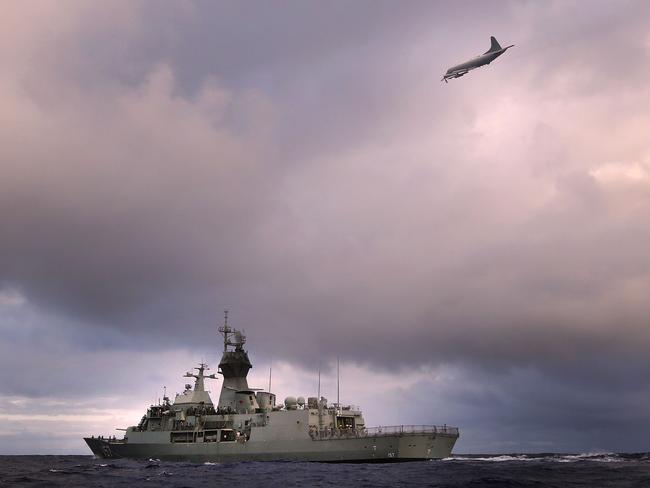
Kym Bergmann, editor of Asia-Pacific Defence Reporter and a former government defence adviser, has calculated that the air and water search has cost Australia about $1 million a day.
According to Australian Defence Force figures the HMAS Success alone cost about $550,000 a day to operate.
This figure did not include other ships involved in the search such as the HMAS Toowoomba, MV Seahorse Standard, HMAS Perth and Australian Defence Vessel Ocean Shield, as well as a number of RAAF AP-3C Orion aircraft.
Mr Bergmann said a conservative estimate of the cost to the Australian Defence Force would be about $1 million a day.
Australia’s first full day of searching in the southern Indian Ocean began on March 17 and efforts continued for 43 days before Prime Minister Tony Abbott announced on April 28 that the focus would shift underwater.
At $1 million a day, the total cost comes to about $43 million.
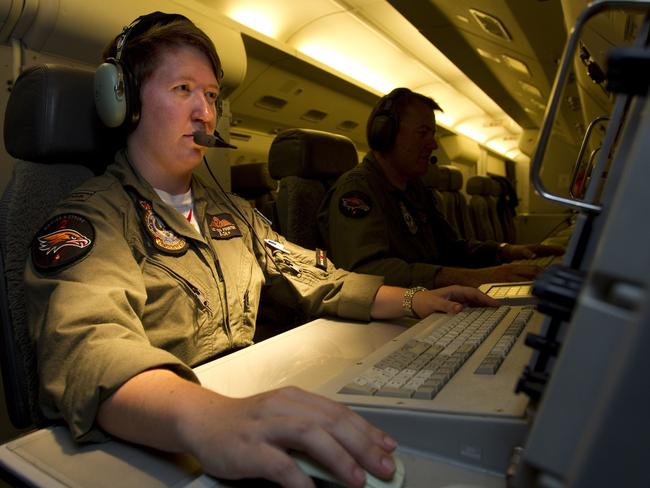
Mr Abbott has deflected questions about cost by confirming last month that each country had been bearing its own costs for the challenging search.
“We have been essentially using Australian military assets, assets we would be paying for anyway,” Mr Abbott said.
But Mr Bergmann said he did not think the cost issue was that simple.
For example, he said that when defence was asked to provide assets to other government departments for activities outside of its responsibilities, such as for border protection activities, those other departments were asked to bear the costs.
In the past, he said extra funds were provided to cover the costs of unexpected activities, including the expense of deploying assets to Afghanistan.
But with so many lives lost, Mr Bergmann said it was also understandable that government departments have not wanted to be seen complaining about footing the bill.
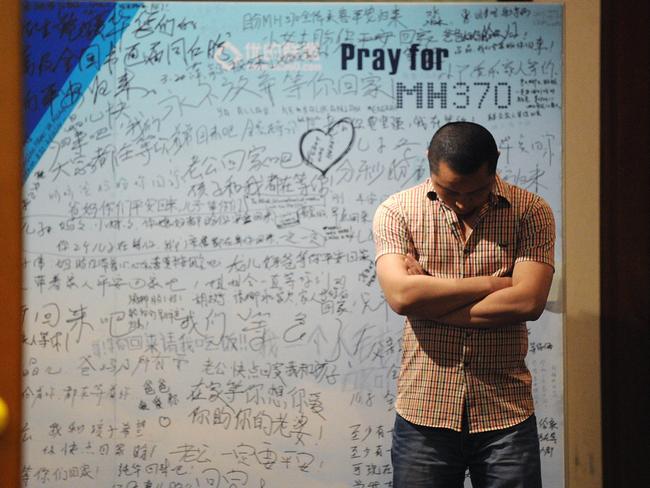
“I think in the fullness of time the information will come out,” Mr Bergmann said.
“MH370 came down in our maritime zone of responsibility and it is our international obligation, and our responsibility certainly to pay down our own costs when this activity occurs.
“The reality is we live in a world of international treaties and obligations.
“If an Australian aircraft went down off the coast of Costa Rica ... we would expect all countries to abide by these treaties and obligations.”
To put the cost into context, $61 million was put aside over four years on a marketing fund to promote Australia in Asia.
Meanwhile, the next phase of the search is expected to cost about $60 million and Australia is hoping to split the bill with other countries such as Malaysia and China.
Yesterday, the Deputy Prime Minister Warren Truss said it was likely that a tender would be put out to the private sector for a wider underwater search.
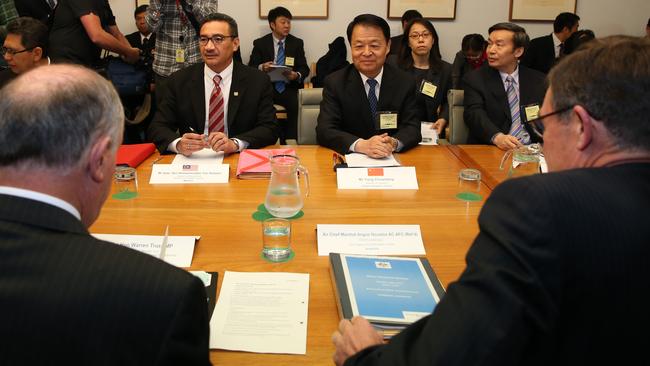
Officials from Australia, Malaysia and China also held a meeting in Canberra yesterday about the next phase of the search.
A panel of international experts will be consulted about what equipment is needed and it is likely that private companies Boeing and Rolls Royce, as well as other countries will assist financially if required.
RELATED: Australia, China and Malaysia discuss next phase
So far 10 civil aircraft and 19 military aircraft and 14 ships have been engaged in the search for the missing plane.
Aircraft has included seven Royal Australian Force aircraft, one Royal New Zealand air force aircraft, two US Navy aircraft, two People’s Liberation Army air force aircraft, three Defence Force and Coast Guard aircraft from Japan, two aircraft from the Republic of Korea and two aircraft of the Royal Malaysian air force.
About 334 flights have been conducted, for a total of up to 3137 hours in the air.


